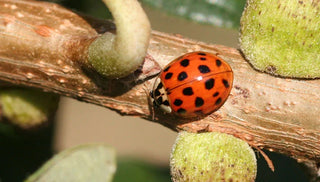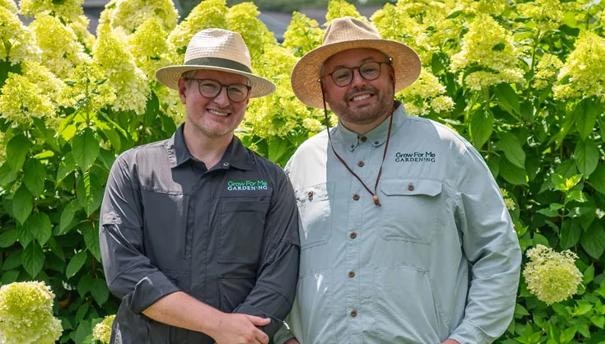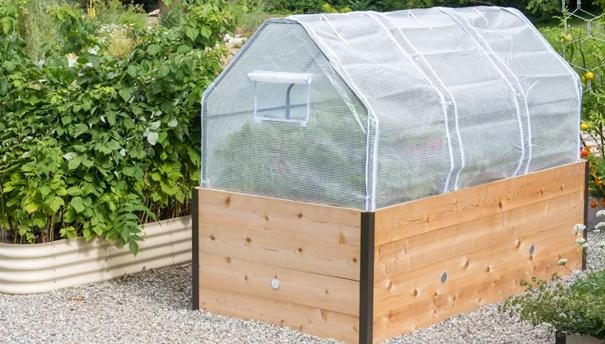Of the thousands of species of lady beetles in the world, several hundred can be found in the U.S. Some are native species, and some, such as the Asian lady beetle, were intentionally introduced to help control crop pests. Unfortunately the tables have turned and this introduced species itself has become a pest.
During the 1960s through the 1990s, the U.S. Department of Agriculture released large numbers of Asian lady beetle in an effort to manage aphids and scale insects on pecans and apples, among other crops. Though the releases took place in specific states across the country, the beetles' have spread and their range now includes most of the U.S.
Asian Lady Beetles Are a Nuisance — and More
Both Asian lady beetles and native species, such as the convergent lady beetle, hunt garden pests. However, Asian lady beetles have become a troublesome pest in many parts of the country:
| Native Lady Beetles | Asian Lady Beetles |
|
|
Asian lady beetles are believed responsible, at least in part, for the severe decline in the populations of native lady beetles. Often larger than their native counterparts, Asian lady beetles not only outcompete their cousins for food, they actually prey on the native species. Asian lady beetles vary widely in color (orange, pinkish, red) as well as number and shape of spots. The distinguishing feature is a black, M-shaped mark behind the head:
 Asian lady beetles. Note the M-shaped mark on the head. Photos: Scott Bauer, USDA Agricultural Service, Bugwood.org, and Whitney Cranshaw.
Asian lady beetles. Note the M-shaped mark on the head. Photos: Scott Bauer, USDA Agricultural Service, Bugwood.org, and Whitney Cranshaw.
Our Ladybug Buster: Effective, Nontoxic Control
 Our Ladybug Buster is a nontoxic and longlasting way to control Asian Lady Beetles. Simply install the inconspicuous traps in a window where the insects congregate.
Our Ladybug Buster is a nontoxic and longlasting way to control Asian Lady Beetles. Simply install the inconspicuous traps in a window where the insects congregate.



